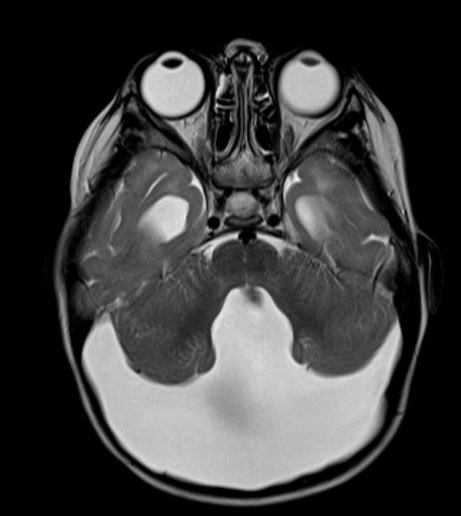Hydrocephalus and Dandy- Walker Malformation: a review
DOI:
https://doi.org/10.46900/apn.v2i3(September-December).44Keywords:
Dandy-Walker malformation – Hydrocephalus - CNS malformation – Shunts - NeuroendoscopyAbstract
Introduction: Dandy Walker malformation (DWM) is characterized by agenesis or hypoplasia of the cerebellar vermis, cystic dilatation of the fourth ventricle leading to an increase of the posterior fossa and superior dislocation of the lateral sinus, tentorium and torcula. Although it is the commonest posterior fossa malformation, its pathogenesis is still not fully understood, making the differential diagnosis with other posterior fossa malformations difficult and as a result the choice of therapeutic strategy.
Material and methods: An extensive review of the literature relating to Dandy Walker malformation was performed. Historical, genetic, embryologic, epidemiologic, clinical and radiological presentation, treatment and prognosis were revised.
Conclusion: The correct diagnosis of Dandy Walker malformation can be made through careful interpretation of magnetic resonance imaging (MRI) and cerebrospinal fluid (CSF) flow studies. The choice of hydrocephalus treatment depends on whether there is aqueduct stenosis. And, although ventriculoperitoneal (VP) shunts have been the treatment of choice for many years, neuroendoscopic techniques such as endoscopic thirdventriculostomy and stent placement are being frequently performed lately.
Downloads

Additional Files
Published
How to Cite
Issue
Section
License
Copyright (c) 2020 Patricia Alessandra Dastoli Dastoli, Jardel Mendonça Nicácio, Marcos Devanir Silva da Costa, Italo Capraro Suriano, Marcia Cristina da Silva, Sergio Cavalheiro

This work is licensed under a Creative Commons Attribution 4.0 International License.

When publishing in Archives of Pediatric Neurosurgery journal, authors retain the copyright of their article and agree to license their work using a Creative Commons Attribution 4.0 International Public License (CC BY 4.0), thereby accepting the terms and conditions of this license (https://creativecommons.org/licenses/by/4.0/legalcode).
The CC BY 4.0 license terms applies to both readers and the publisher and allows them to: share (copy and redistribute in any medium or format) and adapt (remix, transform, and build upon) the article for any purpose, even commercially, provided that appropriate credit is given to the authors and the journal in which the article was published.
Authors grant Archives of Pediatric Neurosurgery the right to first publish the article and identify itself as the original publisher. Under the terms of the CC BY 4.0 license, authors allow the journal to distribute the article in third party databases, as long as its original authors and citation details are identified.





























